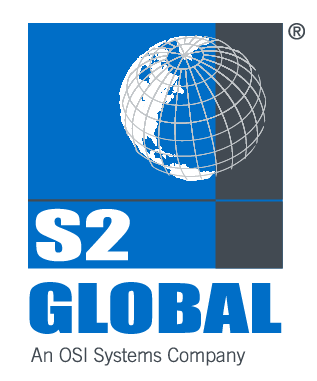BLOG
S2 Global Trends
Read all of the latest trends in security screening from S2 Global.
Blog categories
- View All
- Screening
- Training
- Security Trend
- Certscan
- Customs And Border
- Event Security
All blog posts
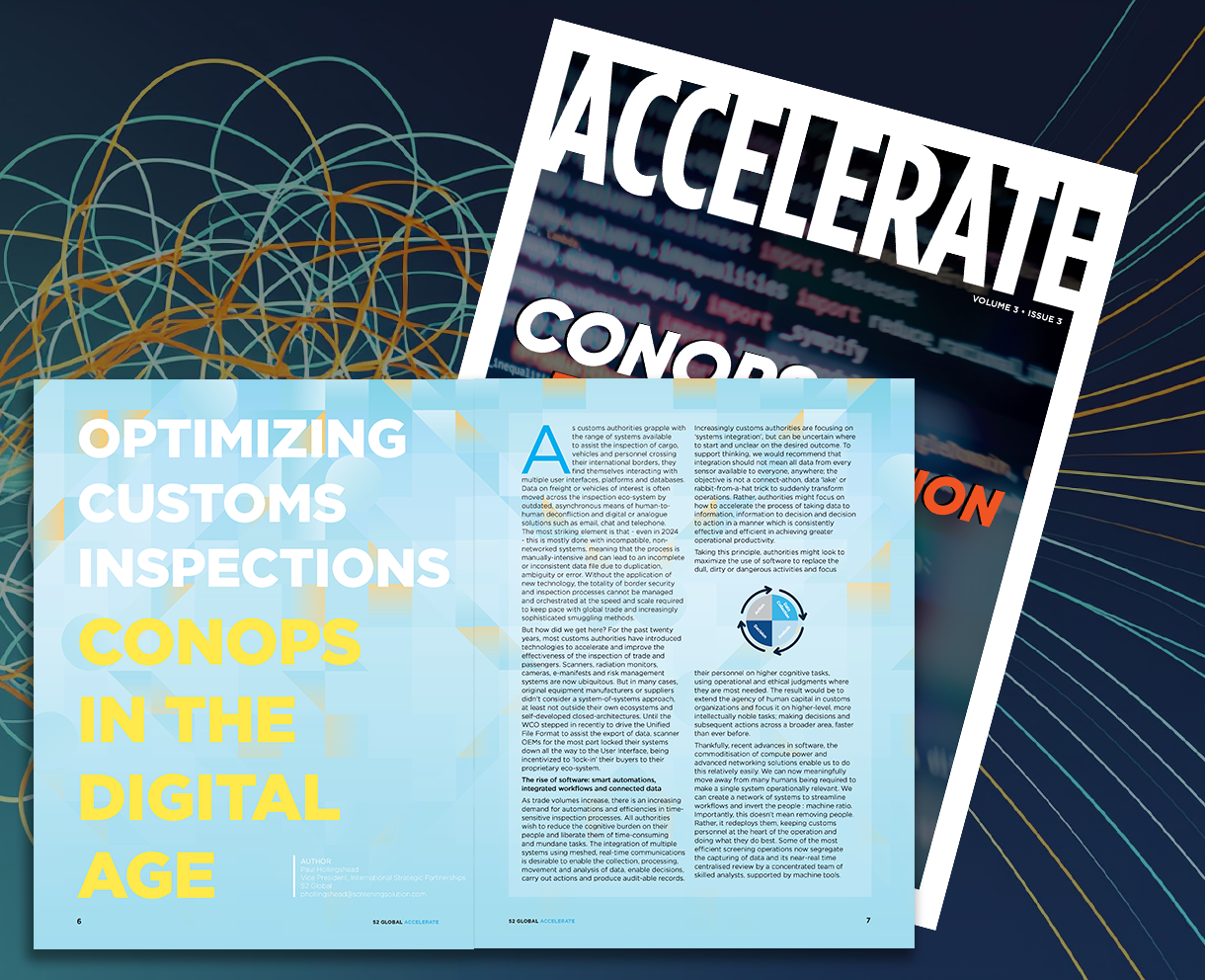
CONOPS Transformation
By the end of this issue, you’ll have a comprehensive understanding of how to leverage technology to elevate your operations.

S2 University Image Analysis is Now CPD Certified
Tested and approved for CPD Certification, the S2 University 5-Day Image Analysis Program builds skills to increase detection of trade fraud, contraband, weapons and dangerous material.
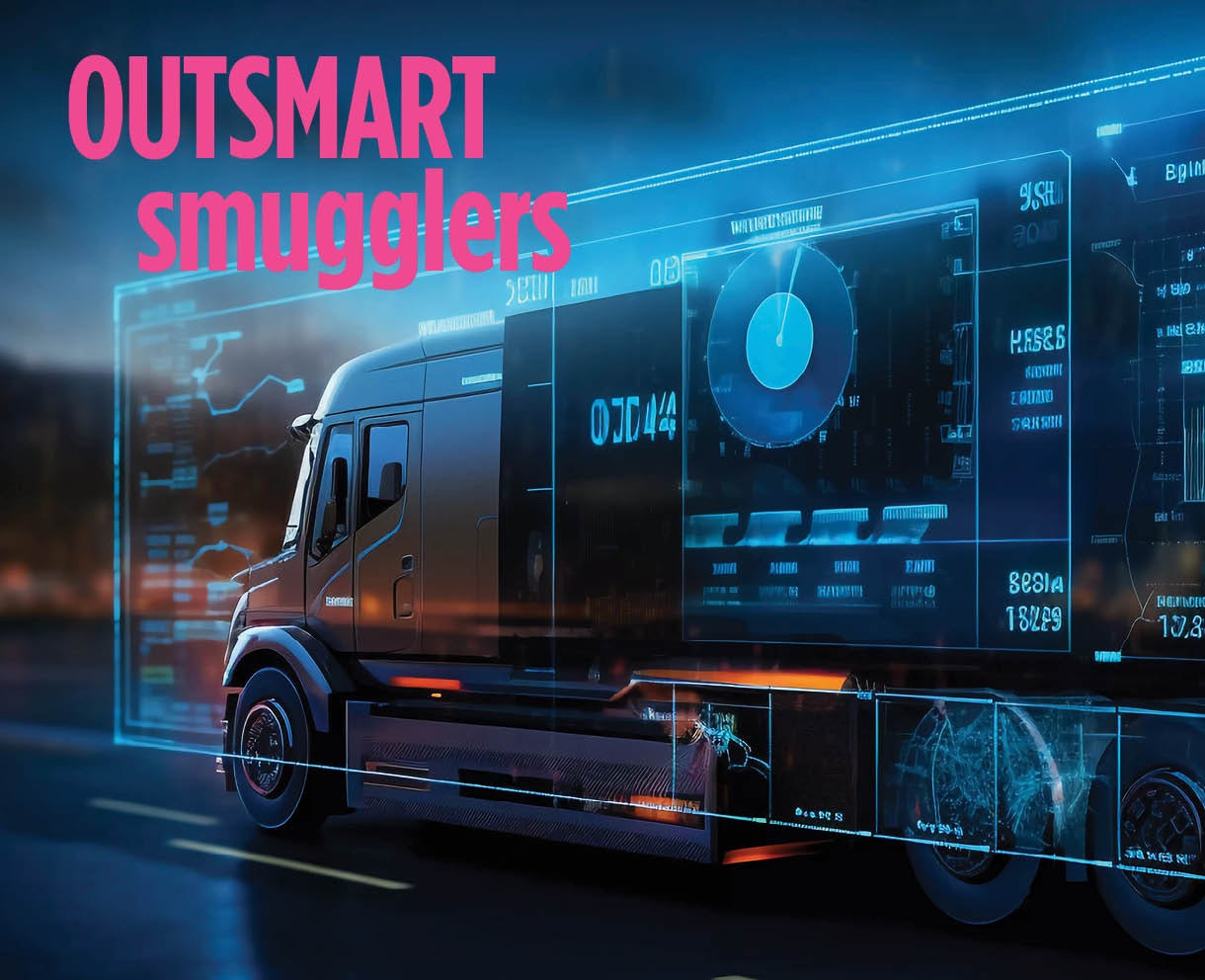
Outsmarting Smugglers: Contraband detection in the era of AI
AI is transforming smuggling detection by predicting high-risk shipments through analysis of various textual data. The emerging frontier is image-recognition algorithms trained on thousands of X-ray images annotated by experts. As smuggling techniques get more sophisticated, so too must our methods of detection.
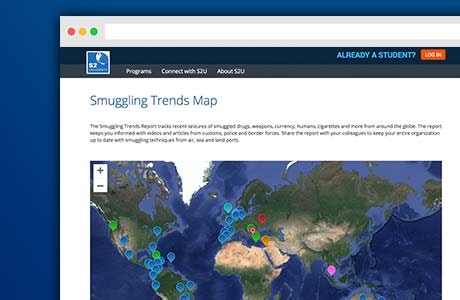
S2 University’s Global Smuggling Trends Report
Take a look at the S2U website’s special feature, Global Smuggling Trends Report . This interacti...
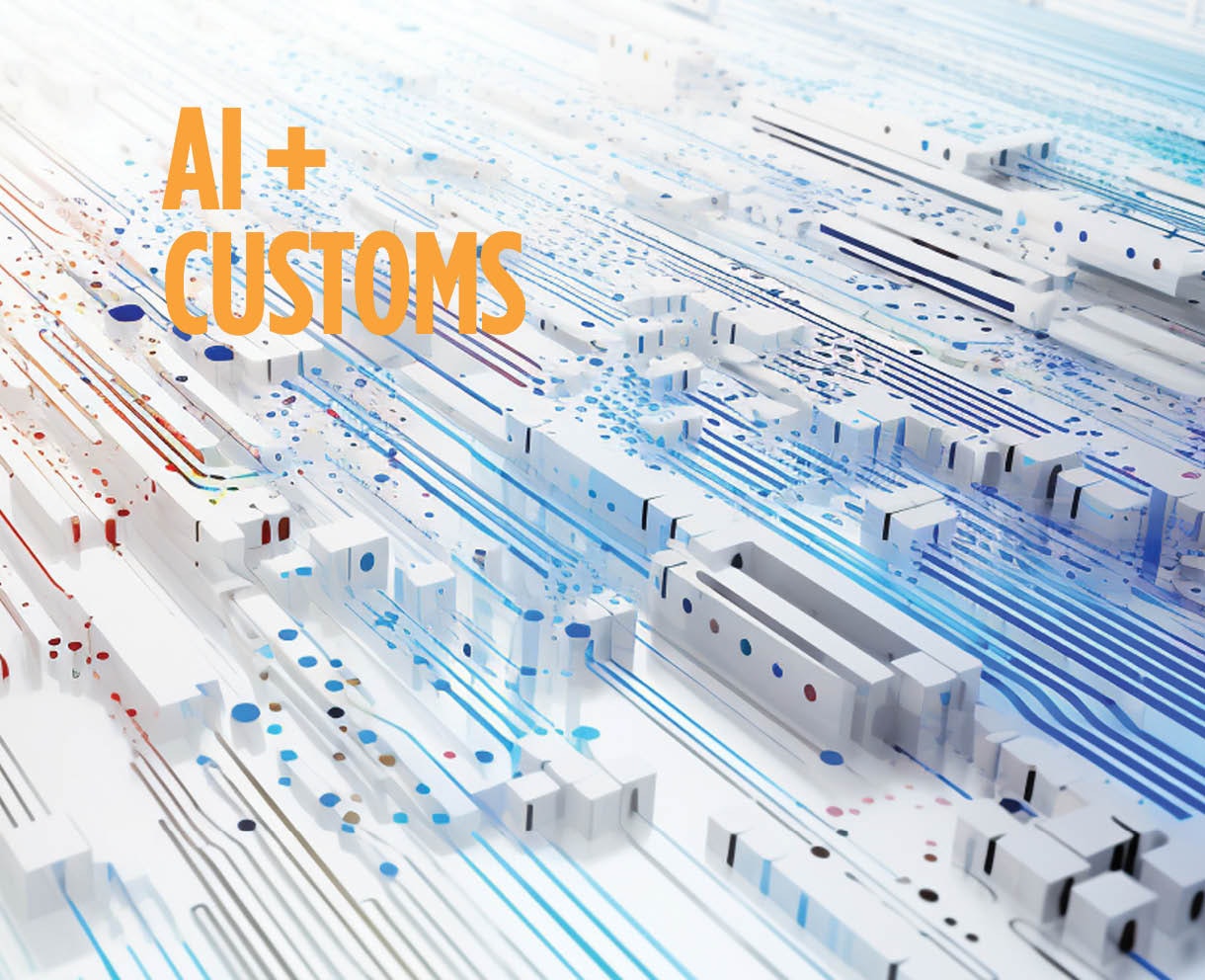
AI + Customs to Accelerate Secure Trade
In the world of artificial intelligence, data is the most valuable asset.

Data Drives Algorithms That Deliver Inspection Efficiencies
Algorithms that build upon a weak data foundation can lead to subtle vulnerabilities in the screening process.
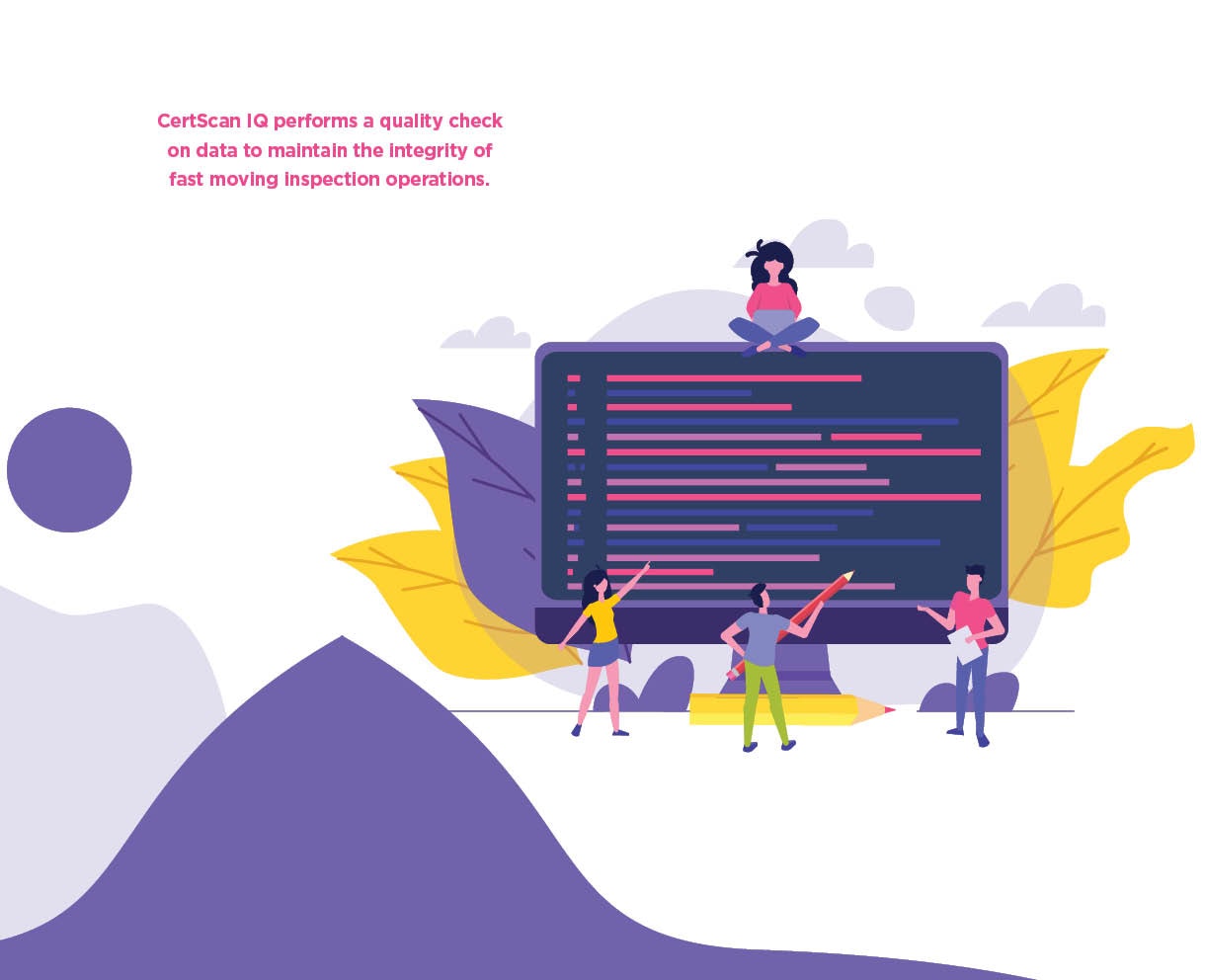
Validating Good Data for Successful Algorithm Application
CertScan IQ performs a quality check on data to maintain the integrity of fast moving inspection operations.
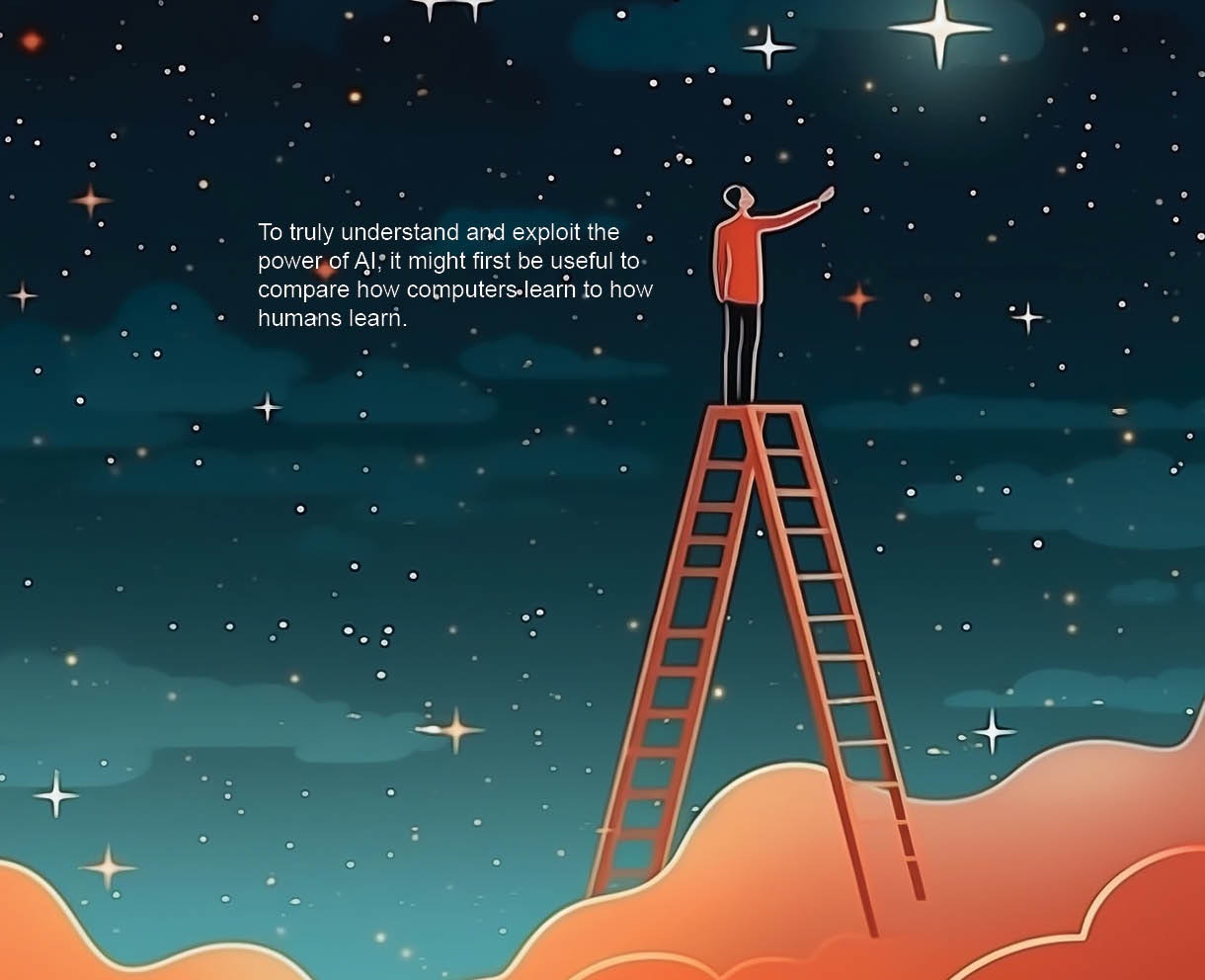
AI – It’s Probably Not What You Think
To truly understand and exploit the power of AI, it might first be useful to compare how computers learn to how humans learn.
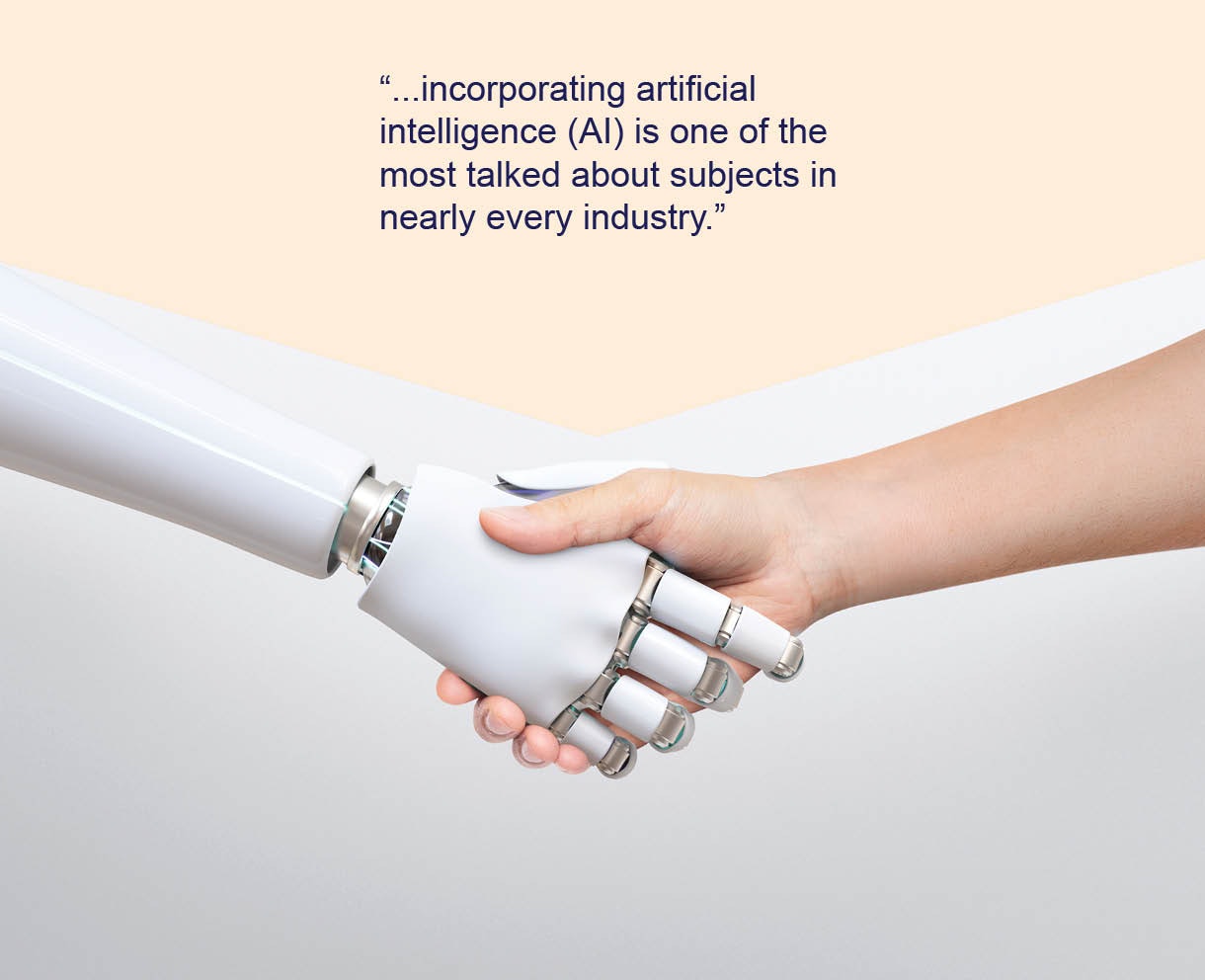
Agents without Training is Like a Port of Entry without Inspections
I assert that the simple reason for this lack of trust in AI should focus on training. As cited above, all AI algorithms, whether machine learning- or neural network-based, require training using vast amounts of data. While essential, database size alone is insufficient.
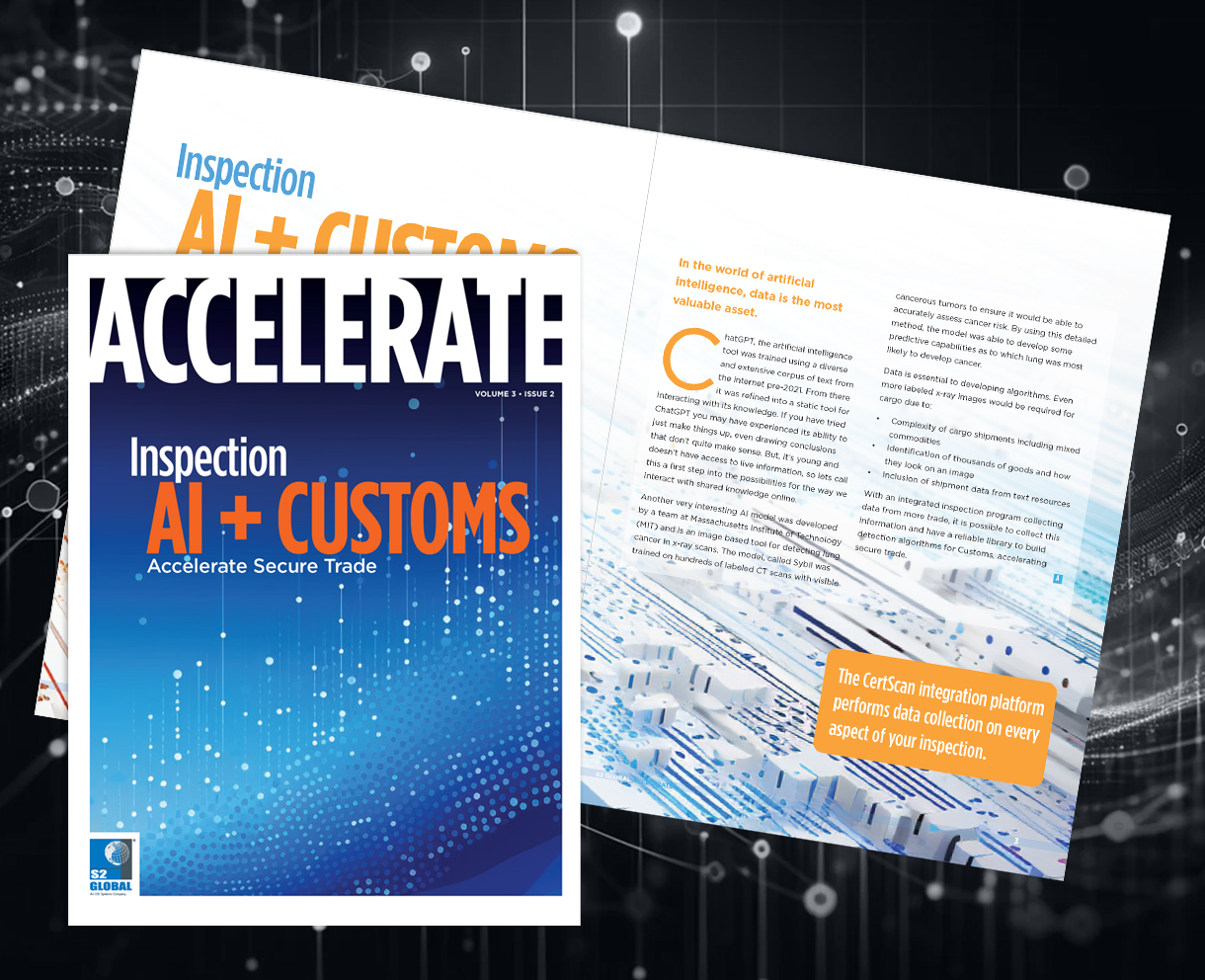
Accelerate: Inspection with AI for Customs
In this issue of Accelerate we take a look at aspects of artificial intelligence and algorithms for inspection applications furthering Customs capabilities and how AI can be developed to support the work officers perform day to day.

Border Security – Scanning And Threat Detection – The Path To Ai
AI’s success should be built upon a solid foundation of appropriate inputs, including a significant body of scanned images and the appropriate algorithms to guide machine learning towards reasonable, accurate outcomes.
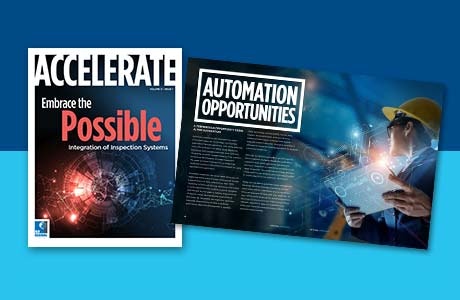
Accelerate: Data Driven Inspection For Fast, Secure Trade
Digital Transformation has brought new opportunities for Customs agencies to use technology in or...
